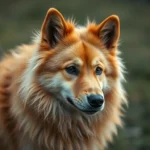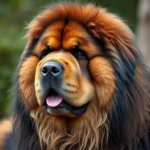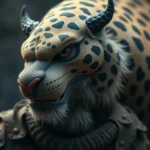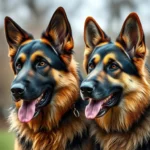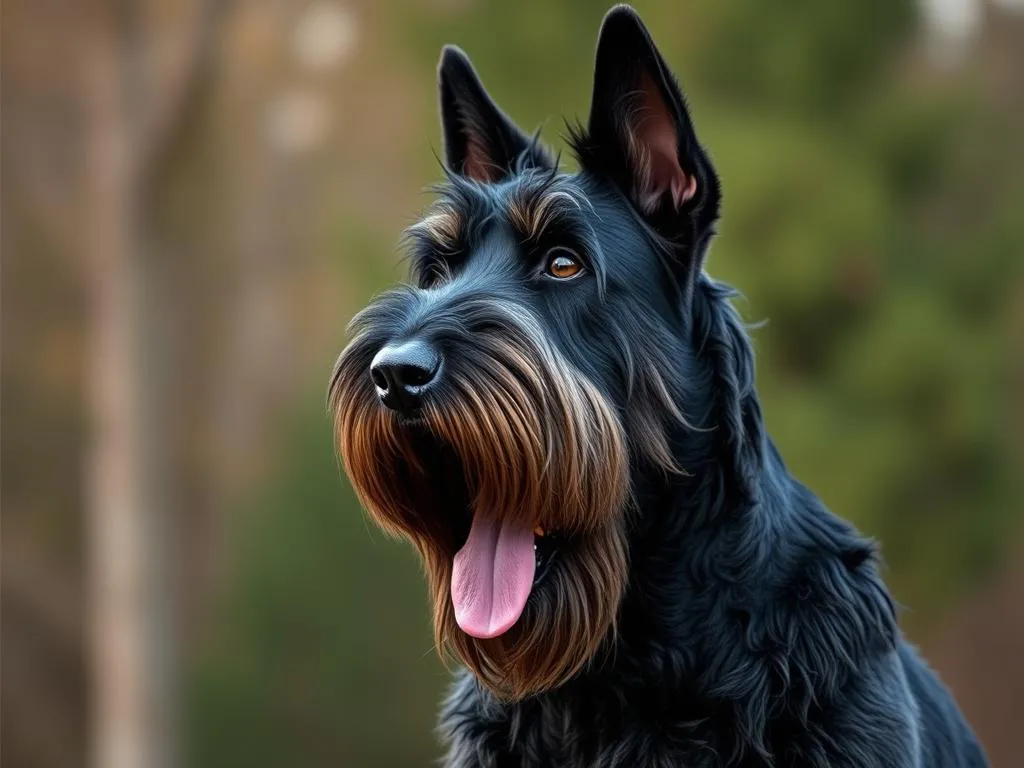
Introduction
The world of dog breeds is diverse and fascinating, showcasing a range of physical characteristics, temperaments, and purposes. Among these breeds, the Giant Schnauzer stands out for its impressive stature and distinct personality. Originating from Germany, the Giant Schnauzer was initially bred for herding and guarding, showcasing the breed’s versatility and intelligence. Understanding the unique traits and care requirements of specific breeds, such as the Giant Schnauzer, is essential for anyone considering adding a new furry member to their family.
History of the Giant Schnauzer
Origin and Development
The Giant Schnauzer traces its roots back to the 17th century in Germany, particularly in the Bavarian region. This breed was developed from the Standard Schnauzer, with the intent to create a larger and more robust working dog. Initially, Giant Schnauzers served as versatile farm dogs, assisting in herding cattle and providing protection from intruders.
Over time, the breed gained popularity beyond the farm, becoming an essential companion in various roles, including police and military work. Their strong build and sharp intelligence made them ideal candidates for these demanding tasks. By the early 20th century, the Giant Schnauzer had established itself as a prominent breed in Germany and began to make its way to other parts of the world.
Purpose and Roles
Originally, the Giant Schnauzer was valued for its herding capabilities. Farmers relied on these dogs to manage livestock and protect their property. As society evolved, the breed found new roles, transitioning from agricultural work to serving as police and guard dogs. Their natural protective instincts, coupled with a loyal and intelligent disposition, have made them invaluable in various working environments.
With the rise of dog shows and competitions, the Giant Schnauzer became a popular choice among dog enthusiasts, further solidifying its place in the canine world. Today, while many still admire the breed for its working abilities, the Giant Schnauzer is also cherished as a family companion.
Physical Characteristics
Size and Weight
The Giant Schnauzer is known for its impressive size and powerful build. Adult males typically weigh between 55 to 85 pounds, while females range from 50 to 75 pounds. Males stand approximately 25.5 to 27.5 inches tall at the shoulder, while females measure around 23.5 to 25.5 inches. This breed’s robust stature gives it a commanding presence, making it an excellent protector.
Coat and Color
One of the most distinctive features of the Giant Schnauzer is its wire-haired coat. This dense and harsh coat serves as protection against the elements and is relatively low-shedding. Common colors for the Giant Schnauzer include black, salt and pepper, and solid black. The breed’s coat requires regular grooming to maintain its condition and prevent matting.
Distinctive Features
The Giant Schnauzer possesses several unique physical traits that contribute to its charm. Notable features include a prominent beard and bushy eyebrows, which give the dog an expressive face. Its strong, muscular body is complemented by a strong neck and well-defined bones, showcasing the breed’s working heritage.
Temperament and Behavior
General Temperament
The Giant Schnauzer is known for its spirited and confident personality. These dogs are fiercely loyal to their families, making them excellent companions. They are intelligent and are often described as having a sense of humor, which endears them to their owners. While they can be protective, they are also affectionate and enjoy being part of family activities.
Socialization Needs
Early socialization is crucial for the Giant Schnauzer. Introductions to various environments, people, and other animals can help prevent shyness or aggression. These dogs tend to do well with children, provided they are raised together or introduced at a young age. Supervised interactions with other pets are also essential to ensure a harmonious living environment.
Training and Intelligence
The Giant Schnauzer is known for its high intelligence and trainability. They respond well to positive reinforcement methods and thrive on consistent training. Due to their strong-willed nature, it’s essential to establish leadership early on. Recommended training techniques include obedience training, agility exercises, and engaging games that challenge their minds.
Health Considerations
Common Health Issues
Like all breeds, the Giant Schnauzer is susceptible to specific health issues. Common concerns include:
- Hip Dysplasia: A genetic condition that affects the hip joint, leading to arthritis and pain.
- Bloat: A serious condition where the stomach fills with gas and twists, requiring immediate veterinary attention.
- Progressive Retinal Atrophy (PRA): A genetic disorder that leads to vision loss.
Regular veterinary check-ups and a healthy lifestyle can help mitigate these risks.
Lifespan and Care
The average lifespan of a Giant Schnauzer ranges from 10 to 12 years. Factors influencing longevity include genetics, diet, and overall care. Regular visits to the veterinarian are crucial for monitoring health and addressing any emerging issues early on. Providing a balanced diet and appropriate exercise can significantly enhance their quality of life.
Exercise and Activity Level
Daily Exercise Requirements
The Giant Schnauzer is an energetic breed that requires ample exercise to stay healthy and happy. Daily walks, play sessions, and mental stimulation are essential for fulfilling their physical and psychological needs. Ideally, they should receive at least 60 to 90 minutes of exercise each day to prevent boredom and destructive behaviors.
Suitable Activities
Engaging in a variety of activities can keep a Giant Schnauzer mentally stimulated and fit. Recommended exercises include:
- Agility Training: Excellent for physical fitness and mental challenge.
- Fetch: A simple game that allows them to burn off energy while enjoying time with their owners.
- Swimming: A low-impact exercise that helps maintain joint health.
Incorporating puzzle toys and obedience training into their routine can also provide valuable mental stimulation.
Grooming Needs
Coat Care
Grooming the Giant Schnauzer is essential to maintain its distinctive coat and overall health. Regular brushing, ideally once a week, helps prevent matting and removes loose hair. Professional grooming every 4 to 6 weeks is often recommended to keep the coat in top condition, including trimming the beard and eyebrows.
Health Checks
In addition to coat care, regular grooming sessions should include health checks. Owners should routinely inspect the ears for dirt or wax buildup, trim the nails to prevent overgrowth, and brush the teeth to maintain good oral hygiene. These practices contribute to the overall well-being of the Giant Schnauzer.
Living with a Giant Schnauzer
Ideal Living Environment
The Giant Schnauzer thrives in environments that allow for ample space to move and play. While they can adapt to apartment living, a house with a secure yard is ideal. Access to outdoor space enables them to engage in exercise and playtime, which are crucial for their health.
Family Compatibility
This breed is particularly well-suited for families, as they are protective and affectionate. Giant Schnauzers typically get along well with children and can be trained to coexist with other pets, especially if socialized from a young age. Their playful nature and loyalty make them wonderful companions.
Adoption and Purchase Considerations
When considering adding a Giant Schnauzer to your family, it’s important to find reputable breeders or rescue organizations. Responsible breeders will provide health clearances and information on the puppy’s lineage. Rescue organizations can also be a wonderful source for adopting an adult Giant Schnauzer, giving a dog in need a loving home.
Conclusion
The Giant Schnauzer is a remarkable breed known for its intelligence, loyalty, and versatility. Understanding their history, physical characteristics, temperament, health considerations, and grooming needs can help potential owners prepare for life with this magnificent dog. As with any breed, responsible ownership and a commitment to their needs are vital for ensuring a happy and healthy life together. The Giant Schnauzer can be a wonderful addition to the right family, offering both companionship and protection.

